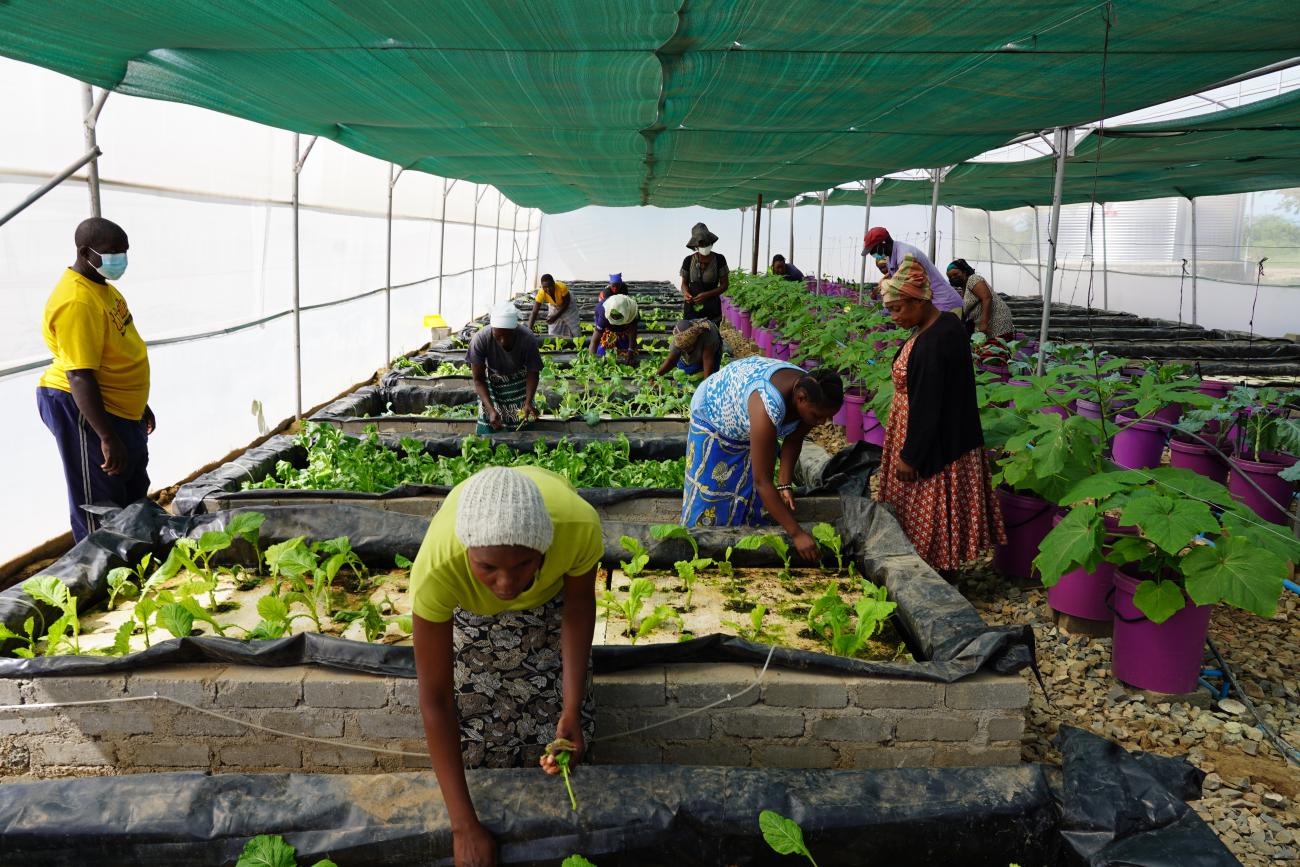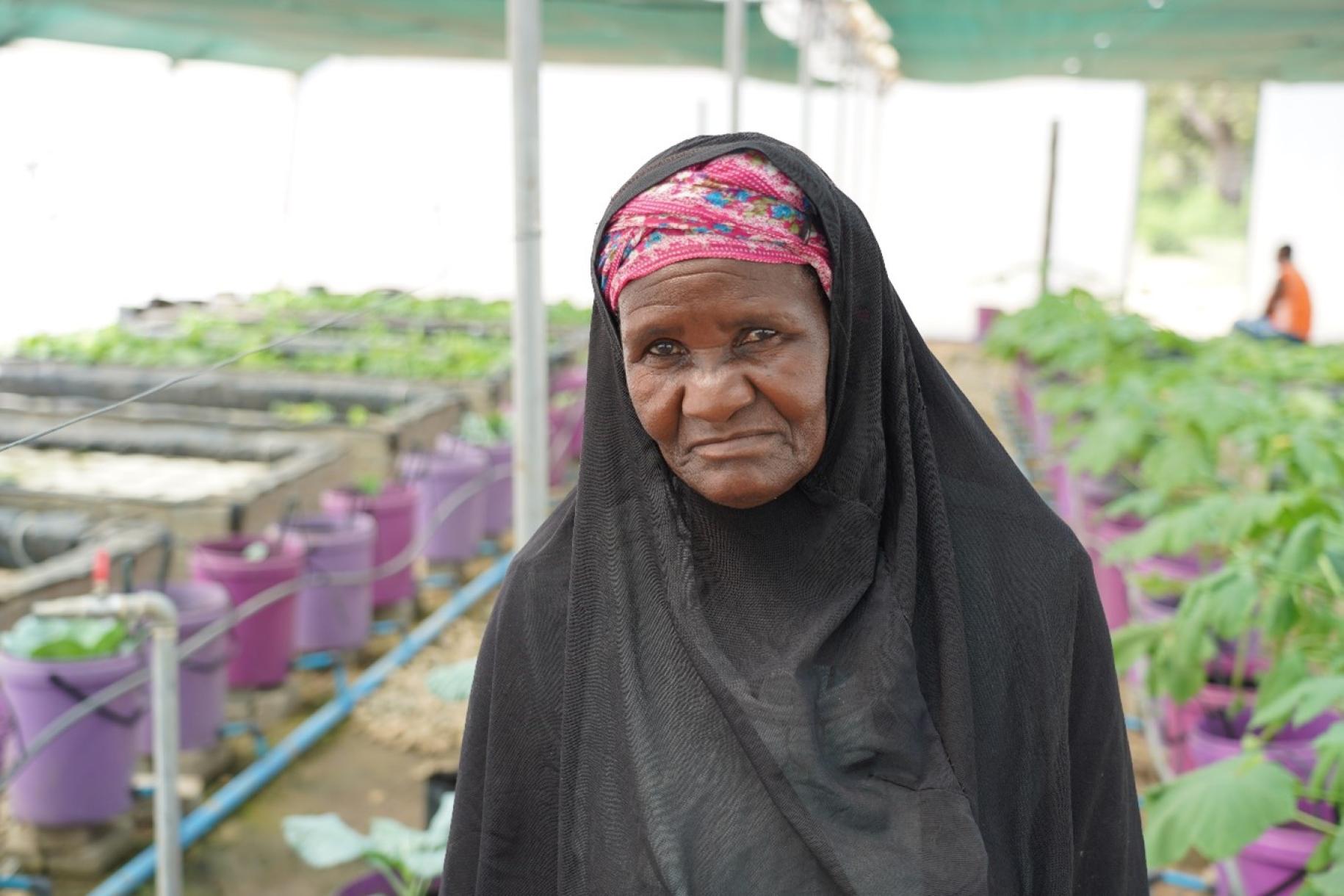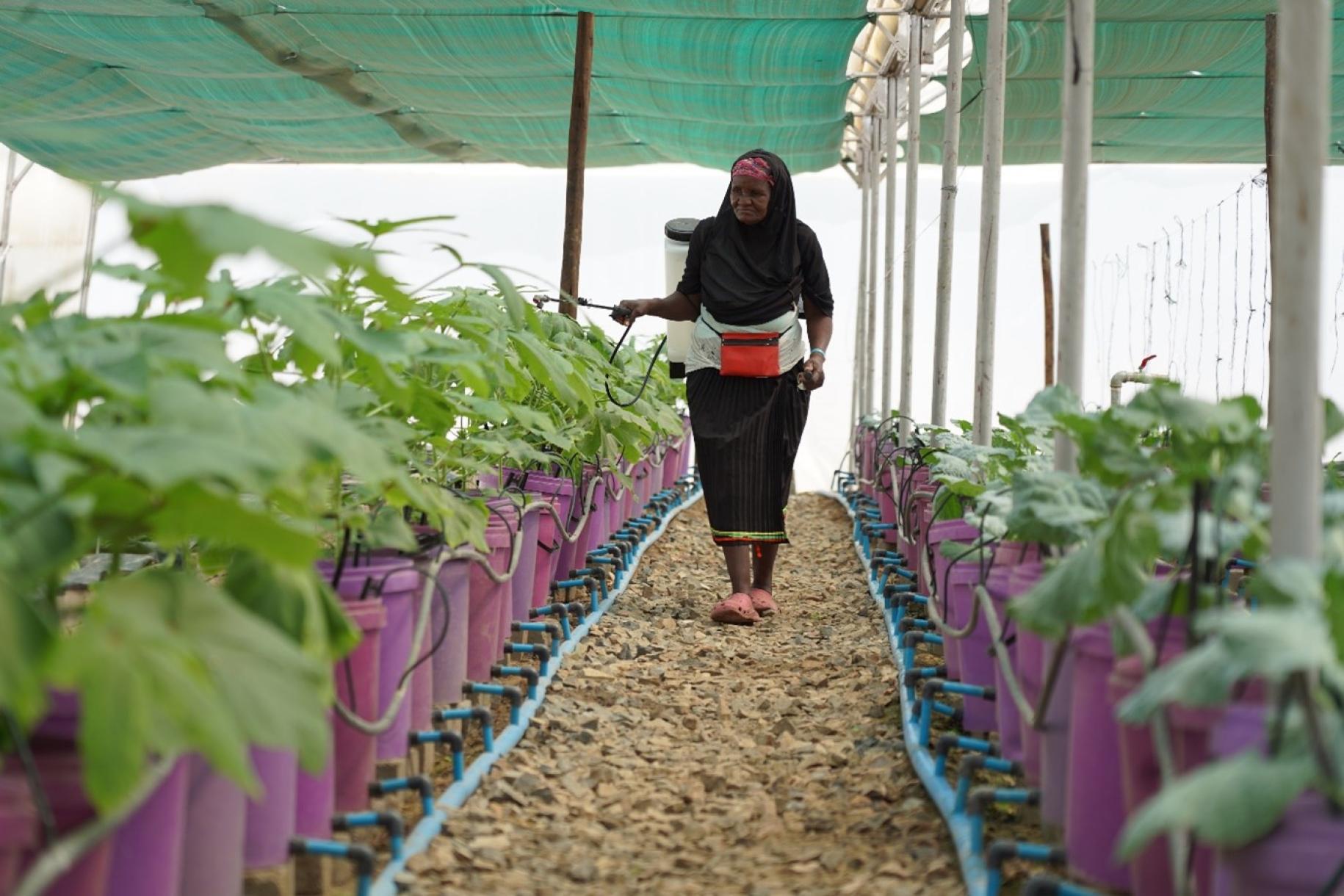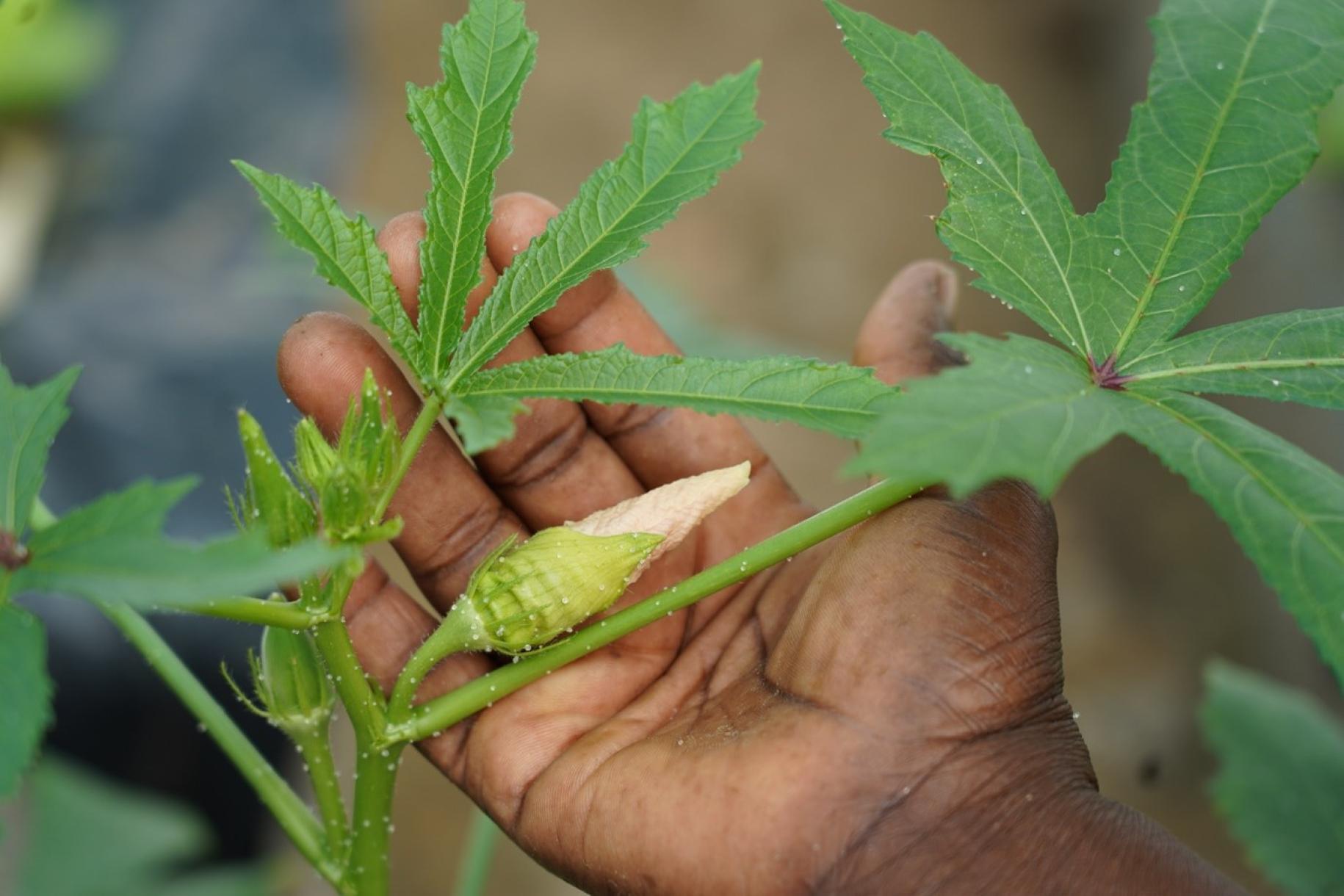Home away from home: Refugees in Zimbabwe use hydroponics to grow high-value crops

Tongogara Refugee Camp (TRC), located in Chipinge District of Zimbabwe has become a safe haven where nationalities from different countries in Africa have learned to live together and exchange their diverse life experiences. It is a space where tolerating the next person’s way of living is the norm, while also adapting to a different setting away from home.
Sarah Mayambo from Zimbabwe’s eastern neighbouring country of Mozambique no longer remembers her date of birth due to old age. Her belongings, including her identity card, were destroyed in the fire that ruined the place she used to call home.

“I lost everything that I owned in this life back home, I only managed to escape with the clothes that I was wearing that fateful day, but what pains me most are my children. I never heard from them, I tried to call them, ask relatives to locate them through social media but to no avail, a sad reality for me.
“When you get to this age you only want to hear from your children and laugh with your grandchildren, but I am starting to think the worst might have happened to them. I won’t lose hope. In our culture there is an old saying that a human being doesn’t vanish without trace,” she said.
Sarah is one of the 15,000 refugees at TRC who don’t know when they will be going back home or see their families again. United Nations High Commissioner for Refugees (UNHCR) and the World Food Programme (WFP) are working with this community to have support their livelihoods.
UNHCR works closely with the Government of Zimbabwe to ensure protection and assistance to refugees and asylum seekers in Zimbabwe. This includes registration, preventing, mitigating and responding to GBV, protecting children and persons with specific needs, documentation, providing shelter, educational supplies, clean water, and sanitation among other types of assistance. The refugee agency in partnership with WFP is to committed to expanding and diversifying income-generating projects to increase the resilience of those living in the camp.
Around the camp there are different activities from soap making to poultry production as well as farming different crops including bananas and other types of fruit. The camp also had a greenhouse where they grow high value crops using the hydroponics method.

The greenhouse allows residents to produce their own food, earn a small income and buy some essential household items.
Sarah has always had a passion for farming. She used to own a piece of land back home. With a big smile on her face, she says producing food makes her happy because food makes life better.
“I joined the hydroponics project because I love producing food, it’s an important way of life for most people. We grow high value vegetables to eat and sell the surplus.
“I am usually the first person to come here in the morning, being around nature gives me hope, it makes me pay attention, keeps me busy and makes me forget about my life challenges as I worry less. I always look forward to come and see my vegetables,” she added.

TRC is home to nearly 15,000 refugees who have fled war, conflict and unrest across the Great Lakes and Horn of Africa. Many refugees escaped conflict with the few belongings they could carry and most importantly, their life skills, which are now being used to keep their hopes alive.
The diverse make-up of Tongogara refugee camp includes affected populations from the Democratic Republic of Congo, Rwanda, Burundi, Somalia, Ethiopia, and Eritrea.
WFP has been supporting refugees in Zimbabwe since January 2015 when the camp population was over 5,000 people.
One of the main ways WFP supports these refugees is by providing cash assistance. Cash based transfers empowers these communities by giving them the choice to address their essential needs through local markets, whilst also providing a boost to these markets themselves. Rice, fish and potatoes are the most popular commodities that are consumed by the refugees.
This piece was written by Tatenda Macheka, WFP Zimbabwe, and Sonia Gonzalez, UNHCR Zimbabwe, and edited by the UN Development Coordination Office. For more information about the UN's work in Zimbabwe, please visit: zimbabwe.un.org.













